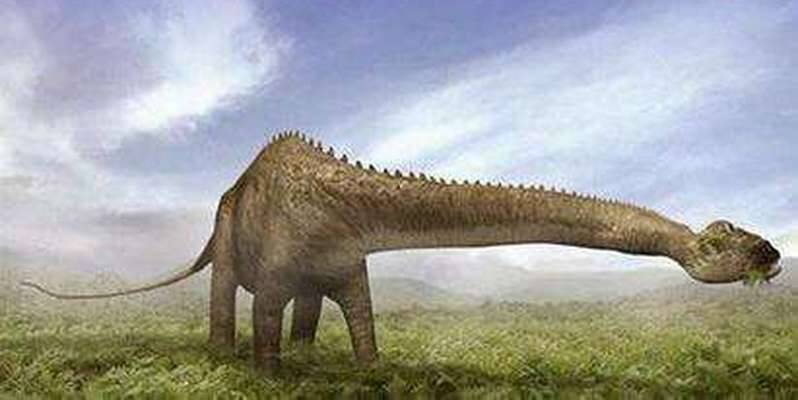
Most of the large dinosaurs were herbivores. Their teeth were flat and straight, without serrations, and could only be used for chewing. The shape and size of their teeth depended on the plants they ate. Sound amazing? Next, let’s take a look at the top ten herbivorous dinosaurs with the edi...
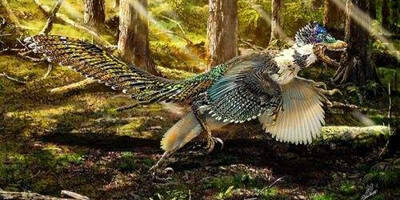
Although feathers will not become fossils, archaeologists have still found clues from dinosaur clues that some dinosaurs may have had feathers. Let’s take a look at which dinosaurs may have had feathers!1. Bury the Fire DragonSolidifying the connection between dinosaurs and birdsCitipati (scientifi...
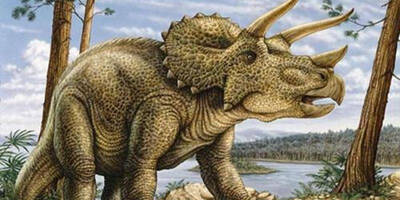
Dinosaurs with horns on their heads, like rhinos, have large horns on their heads to defend themselves against predators. Next, let’s take a look at the dinosaurs with horns on their heads with this theme group, right? 1. Sheng Wanglong Has a low, rounded corne...
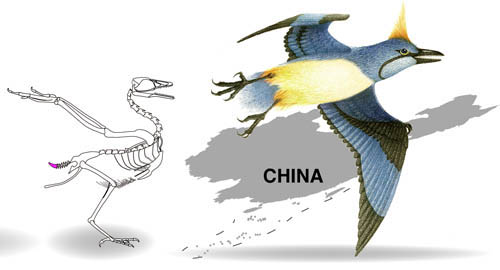
On February 1, Wang Min, Zhou Zhonghe, Zou Jingmei of the Institute of Vertebrate Paleontology and Paleoanthropology, Chinese Academy of Sciences, and Pan Yanhong of the Nanjing Institute of Geology and Paleontology reported in Nature Communications a discovery of 130 million The Early Cretac...
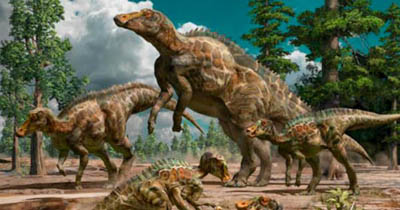
Hadrosaurs are a type of large terrestrial herbivorous ornithischian dinosaurs that lived in the late Cretaceous period. Their fossils are widely distributed and have been found on other continents except Oceania. The most obvious features of hadrosaurs are the long and flat head with...
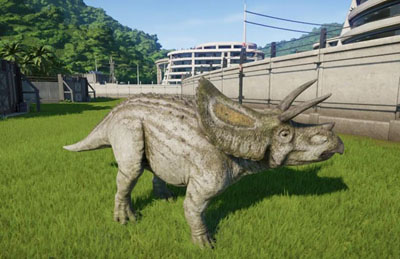
Torosaurus was a herbivorous dinosaur that lived in the late Cretaceous period in North America about 70 million years ago. It was about 8 meters long. It has a huge head with a brightly colored, oversized shield on the back of its head, two large sharp horns above its eyes, and a small horn next to...